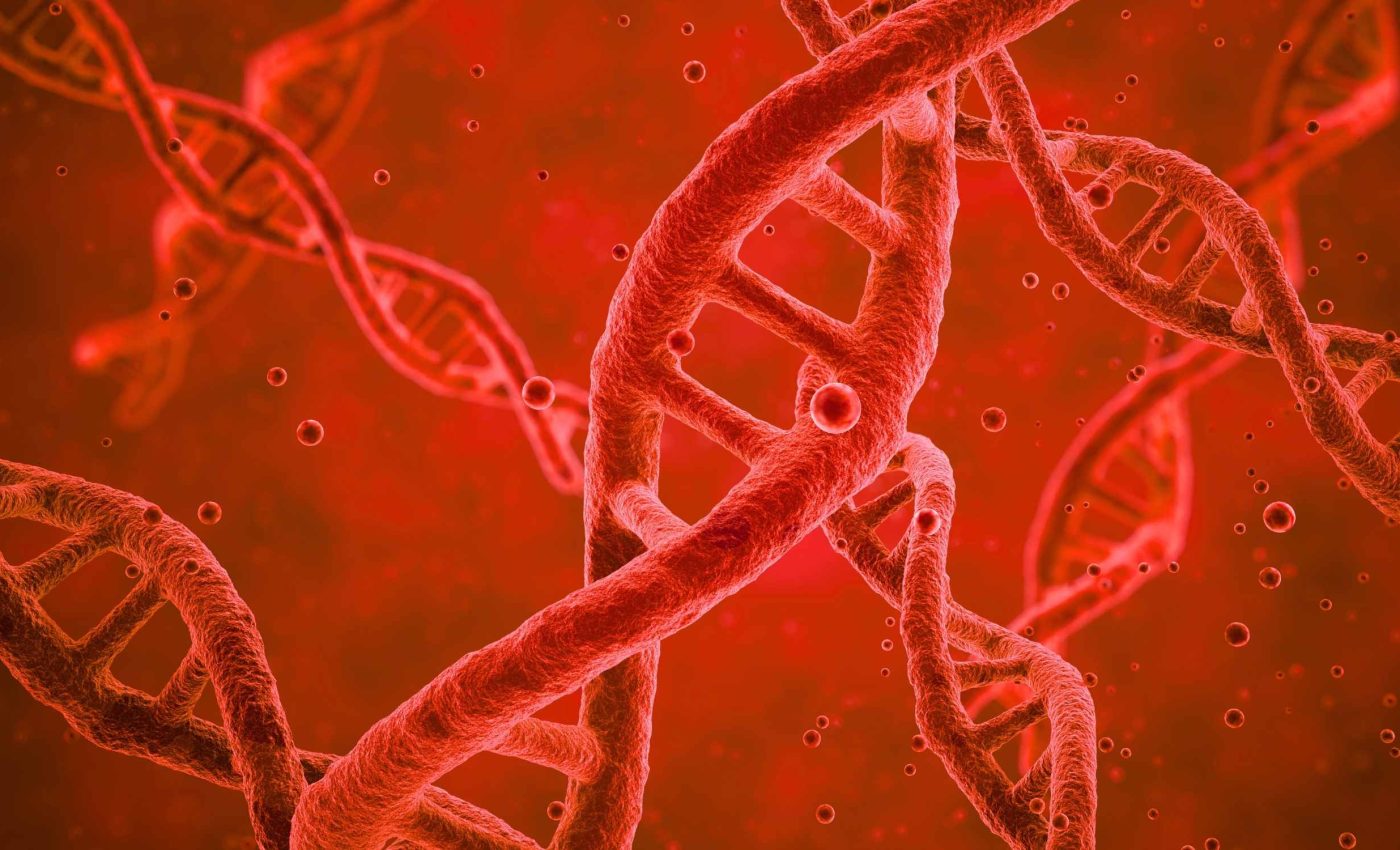
Depression may be caused by tiny DNA switches deep inside neurons
Scientists in Montreal have tied depression to specific changes inside two types of brain cells. Their map points to excitatory neurons that shape mood and microglia that manage inflammation.
Depression affects about 5 percent of adults. This new study suggests treatments could be tuned to the exact cell types that go off course.
Neurons and depression
The team used single-cell genomics, a method that reads the molecular state of individual cells, rather than averaging across a chunk of tissue. Each cell’s profile stands on its own, which helps reveal signals that are easy to miss.
They combined gene expression with chromatin accessibility, how open DNA is so genes can be read, in a region called the dorsolateral prefrontal cortex, a brain area important for planning, attention, and mood control.
The analysis covered more than 200,000 cells from 84 people, split between depression and control groups, and it linked genetic risk to cell specific switches, anchoring the findings in human biology analysis.
The work was led by Gustavo Turecki, MD, PhD, at McGill University’s Douglas Research Centre. His research focuses on the molecular changes that connect stress, depression, and suicide.
“This is the first time we’ve been able to identify what specific brain cell types are affected in depression by mapping gene activity together with mechanisms that regulate the DNA code,” said senior author Dr. Turecki.
Two cell types, two clues
One signal came from a subtype of excitatory neuron, a nerve cell that raises the activity of connected neurons.
These deep layer neurons carried altered patterns at gene switches that guide synapses, the connectors that transmit information.
The other signal came from microglia, brain immune cells that survey tissue and clear debris. Many of their DNA sites looked less open in depression, a pattern consistent with toned down immune programs rather than a simple inflammatory surge.
Independent human microglia study reported an inhibited gray matter microglia signature in people with major depression. The new map now ties that idea to specific regulatory DNA sites inside microglia.
Together, the neuronal and microglial patterns suggest different levers may shape mood symptoms. One lever affects how neurons communicate, and another affects immune support in brain tissue.
Depression switches in neurons
Cells turn genes on with transcription factors, proteins that latch onto DNA to start or stop gene reading. Shifts in where these proteins bind can change how circuits work, one gene module at a time.
One factor stood out – NR4A2, a stress responsive gene regulator linked to dopamine and synaptic plasticity, which are processes that affect learning and motivation.
The neurons that showed the biggest changes carried strong NR4A2 style binding motifs at sites that control communication genes.
This pattern lines up with genetics. The study found that DNA differences tied to depression sit inside these neuron-specific switches more often than expected, hinting that risk acts by nudging how these switches work.
From map to targeted care
A genome-wide association study, an analysis that connects common DNA differences to disease risk, can locate regions but not cells.
Pinpointing the exact cell types and switches lets researchers design tests and treatments that focus on the true source.
In practice, that could mean screening drugs that restore synaptic signaling in those deep layer neurons. It could also mean trying compounds that reset microglial housekeeping without pushing them into chronic inflammation.
Samples came from people who had died suddenly, and measurements were made after death. That design reduces confounders, yet it still cannot prove cause and effect across a lifetime.
Most donors had European ancestry, which reflects current genetics datasets. Future work should test whether these cell specific patterns generalize across populations.
How the field is shifting
Large human datasets already hinted that excitatory neurons carry a heavy burden in depression. A 2023 single nucleus study of more than 160,000 cells from 71 donors reported robust neuron differences and sex linked patterns across cell types.
Microglia signals have looked mixed across studies. Some cohorts show muted immune pathways in cortex, while others report context dependent activation in stress linked regions.
The new map helps reconcile those pictures by tying microglia changes to specific DNA sites. It also shows how neuron and microglia programs may shift together.
Neurons, depression, and the future
A key next step is to test whether restoring NR4A2 related modules improves synaptic function in those deep layer neurons. That work can start in human cell models that capture the same regulatory sites.
Microglia deserve equal attention. Trials could look for timing windows where lifting microglial housekeeping, not blasting inflammation, supports circuit repair.
Precision will matter. Matching a person’s molecular pattern to a cell informed therapy may avoid trial and error and shorten the path to relief.
The study is published in Nature Genetics.
—–
Like what you read? Subscribe to our newsletter for engaging articles, exclusive content, and the latest updates.
Check us out on EarthSnap, a free app brought to you by Eric Ralls and Earth.com.
—–













